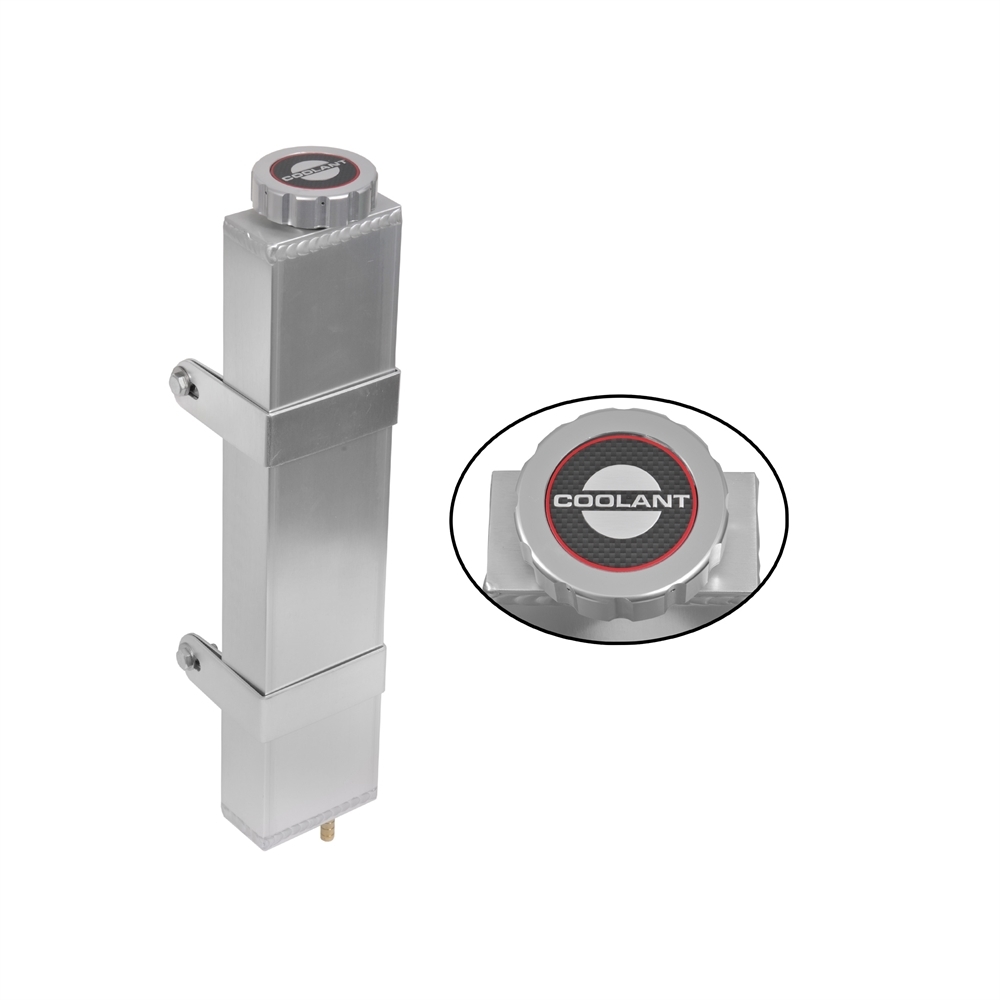
Low power density also allows it, as does a taller radiator core. This system worked fine, particularly where the air gap in the radiator is somewhat higher than the highest point in the rest of the system. As others have said, you end up with an air gap at the top of the radiator which would only be completely purged when the engine has reached its maximum temperature since the last time it was topped off. Pressurized systems with no recovery were fine for a while and are still used in some applications. You don't want the pressure to drop below 0 gage at the water pump, or it's likely the system will cavitate. The earliest engines had non-pressurized systems, which quickly went to pressurized with caps for two reasons: raise the temperature for boiling and reduce the risk of cavitation, which can cause coolant flow to stall resulting in boiling/overheating. There are some reasons for the differences.

Simple engineering fix? Add a pressure reservoir that is higher than the engine. On the first car, it's easy to make the radiator cap the highest point in the cooling system. When it comes to pressurized tanks, I always assumed it was simply an engineering response to a styling challenge. Someone mentioned that in 1939, it became an optional convenience accessory on GMs. For GM, it was the Vega that first got it standard because its small cooling system was pretty sensitive to low coolant levels. The forum over at AACA had some good clues. "no more refilling the radiator" would be a great selling point. Adding an overflow tank would be a nice marketing thing. Most cars today have oil change lights, TPMS, and brake pad wear indicators were added decades ago so they squeal when you need to replace them.
#66 MUSTANG RADIATOR OVERFLOW TANK WINDOWS#
Much like cars have evolved to include more creature comforts standard like power windows and A/C, I just guessed that the overflow tank was something to make your maintenance easier. I always assumed that an overflow tank was a convenience thing. Just how common were little puddles of coolant on the ground in the disco-era? What is the latest year you can recall a vehicle not having one? Past 1982?

I saw some references to them being used in the 30s and 40s but it seemed to be on the uncommon side.ĭoes anyone know if adding coolant jugs was a federal regulation and when it kicked in? I haven't found anything definitive on Google and its the kind of oddball topic that has made me curious. We also discussed the possibility it could have been something that was an option as both my Fords are base models.

My coworker believes GM was using tanks instead of hoses exclusively by the 60s at least, but cant say with certainty. I do remember "keeping the radiator topped off" being a regular thing my dad did when I was a kid. While the CJ5 had a clearly aftermarket one plumbed in, both Fords were stock 1 owner with what appeared to be the original hose in the original clips. From everything I can tell, my 76 Mustang, 76 CJ5, 82 E100 all came with a hose running from the neck clipped along the radiator to spit on the ground. I made a simple coolant overflow/expansion container out of a brake cleaner can for the 'stangII and he said he was surprised it didn't already have one. I fully admit this is a weird topic but it came up yesterday in a conversation with a coworker.


 0 kommentar(er)
0 kommentar(er)
